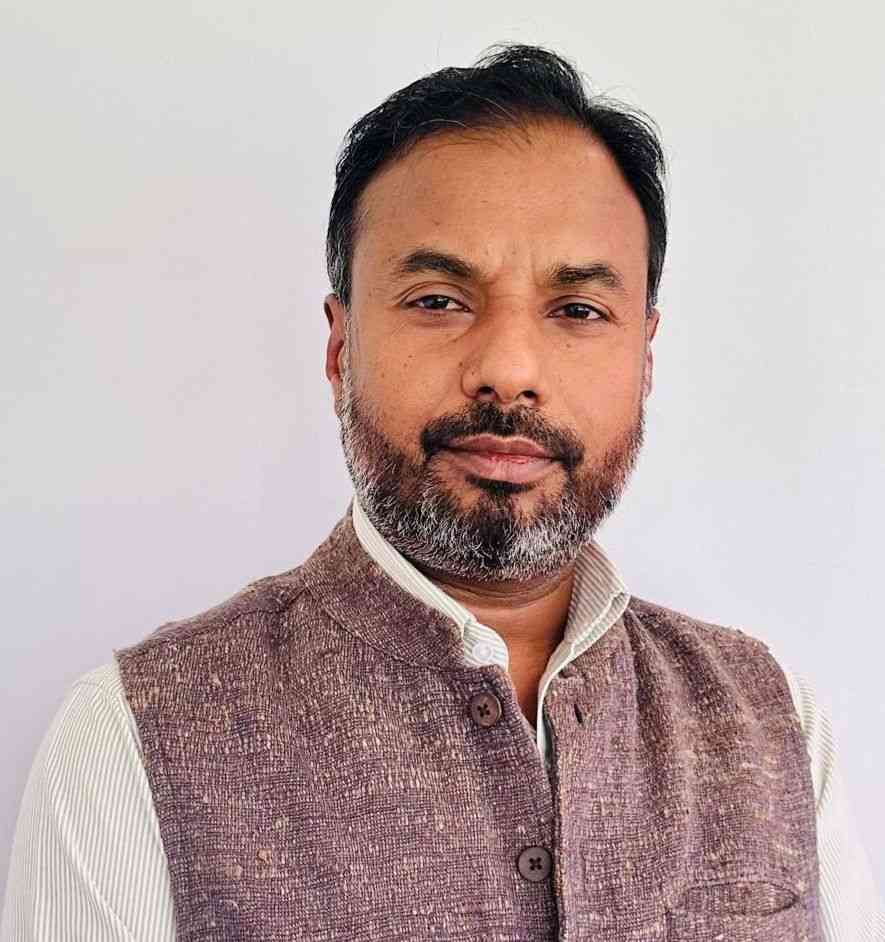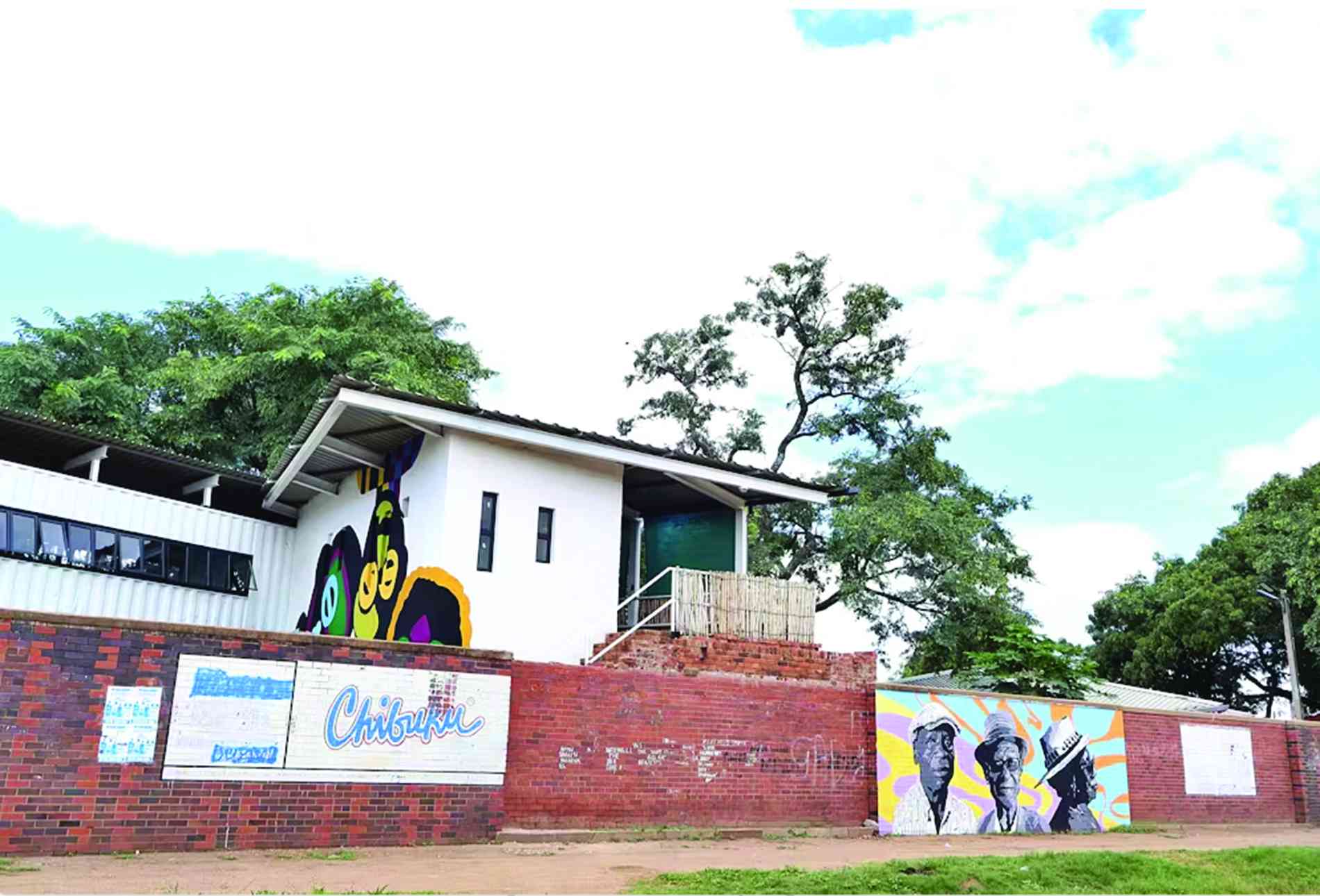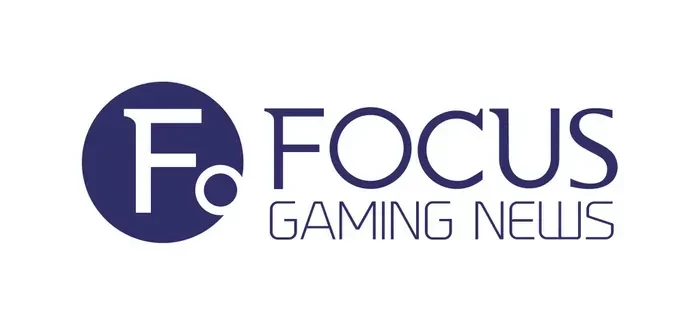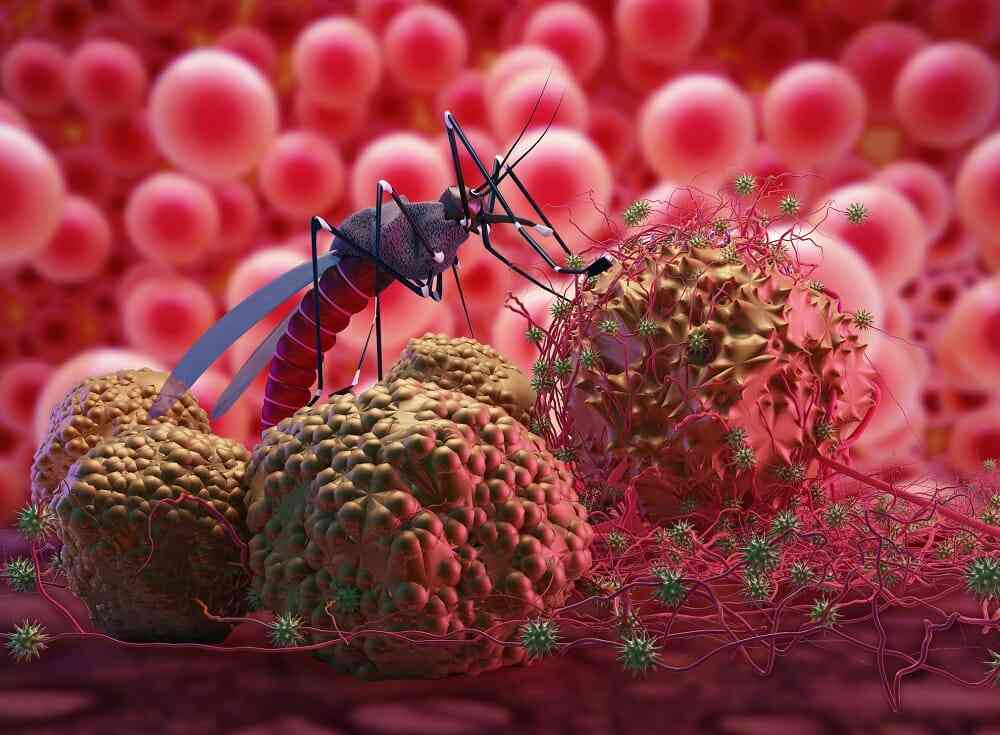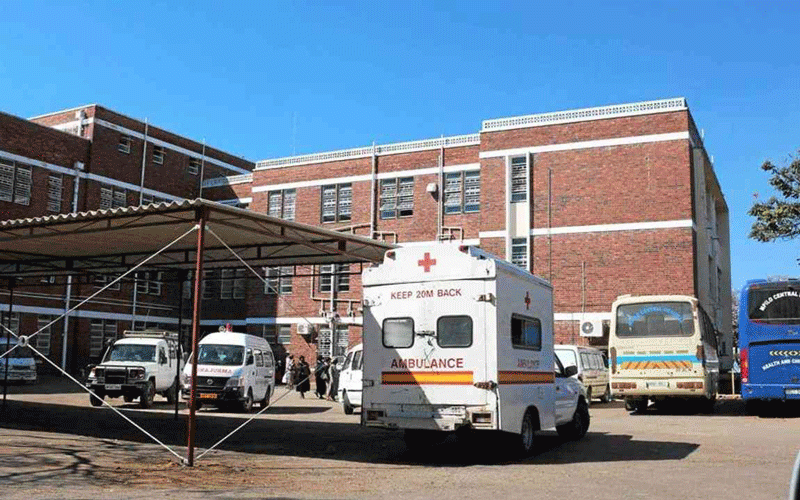
NEWSDAY reported on Saturday of concerns raised by residents in Bulawayo that public hospitals have now become death traps due to poor service delivery.
Residents said visits to hospitals had become a nightmare as they were forced to wait longer before they were attended to, told there was no medication or given wrong prescriptions, thereby endangering the lives of patients.
One patient said she was attended to by a doctor after three days notwithstanding that she was writhing in pain.
There have been cases of patients diagnosed with wrong ailments.
The latest case is that of the late Bulawayo socialite Rose Nyathi, popularly known as Gogo Wodumo, who had been taking diabetes medication for years and doctors later revealed that she was not diabetic.
Public hospitals have run out of basic drugs like paracetamol and sundries such as bandages and syringes.
All this points to a sector that is not being prioritised despite government introducing new taxes to fund the health sector.
The deteriorating state of affairs in public hospitals puts the lives of patients at risk and is a mirror image of a sick health system.
- Revisiting Majaivana’s last show… ‘We made huge losses’
- Edutainment mix: The nexus of music and cultural identity
- ChiTown acting mayor blocks election
- Promoter Mdu 3D defends foreigners 30 minute set
Keep Reading
The World Health Organisation (WHO) describes health systems in terms of six core components or “building blocks” which are service delivery, health workforce, health information systems, access to essential medicines, financing and leadership or governance.
The six building blocks, according to WHO, contribute to strengthening of the health systems in different ways. Some cross-cutting components, such as leadership/governance and health information systems, provide the basis for the overall policy and regulation of all the other health system blocks.
Key input components to the health system include specifically, financing and a health workforce. A third group, namely medical products and technologies and service delivery, reflects the immediate output of the health system, that is, the availability and distribution of care.
WHO said a health system needed staff, funds, information, supplies, transport, communication and overall guidance and direction to function. Strengthening health systems thus means addressing key constraints in each of these areas.
Zimbabwe’s health system is characterised by underfunding which has resulted in a shortage of drugs and low morale among professionals.
While health professionals are barred from engaging in industrial action, they have lost the zeal to diligently do their work under a harsh economic environment.
They are also put off by shortages of everything in hospitals.
A report by the Zimbabwe Coalition on Debt and Development (Zimcodd) showed that more than half of the country’s 57 districts were experiencing poor supply of essential medical drugs.
In its health and education situation report, Zimcodd said Zimbabwe’s healthcare system was plagued by inadequate finance, corruption, biased spending and lack of community involvement.
“Governments must heavily invest in public healthcare. In Africa, signatories to the Abuja Declaration of 2001, including Zimbabwe, agreed to earmark 15% of their national budgets towards public health spending,” Zimcodd said.
Public hospitals should be the go-to health institutions for most Zimbabweans as they do not have the wherewithal to access private hospitals.
A hospital is a place where one goes hoping to come out better.
That patients are describing hospitals as death traps should galvanise authorities into action to avert a disaster.
A demotivated workforce and shortage of drugs are some of the drawbacks in the provision of a sound health system.

